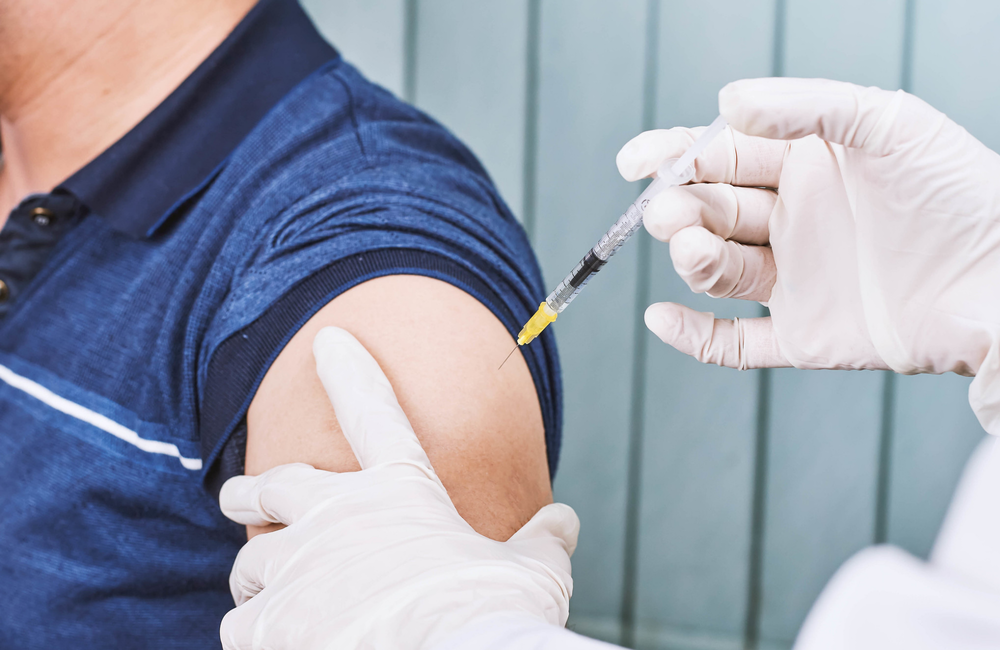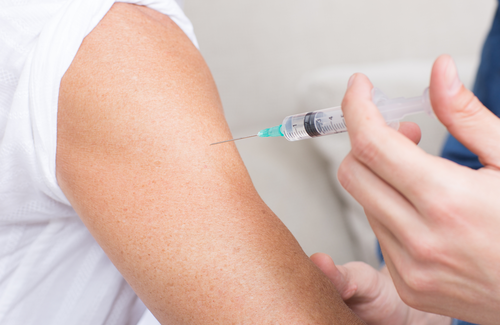
A history of anogenital warts is associated with an increased risk of anal cancer among people with HIV, US researchers report in JAMA Dermatology. Having had anogenital warts was associated with an almost 13-fold increase in the detection of cancerous anal cells. A nadir, or lowest ever, CD4 cell count below 200 was a risk factor for anal cancer, regardless of a history of warts.
“Persons living with HIV with a history of anogenital warts have a substantially increased risk of developing anal carcinoma compared with person living with HIV without a history of anogenital warts,” write the authors. “Our findings highlight the importance of counseling individuals living with HIV who have warts of the anogenital region…about their increased risk for anal neoplasma.”
Many people living with HIV will have a history of anogenital warts so the findings of this study and the investigators’ recommendations may well cause alarm. It is therefore important to emphasise that in both this study (and even more importantly, in routine HIV care), cases of anal cancer are rare. Moreover, treatment for pre-cancerous and cancerous cells is available.
Rates of anal squamous cell carcinomas – the most common type of anal cancer – are increasing in the US. Incidence of this cancer has historically been high among individuals living with HIV, especially among men who have sex with men (MSM).
Most cases of anal cancer are linked to specific strains of human papillomavirus (HPV), especially HPV16 and HPV18. Other risk factors include HIV, receptive anal sex, other bacterial STIs, smoking, and anogenital warts. Anogenital warts are typically caused by HPV strains with a low cancer risk, such as HPV6 and HPV11. They are usually rapidly cleared by the immune system, although HIV can inhibit this process.
The research team led by Dr Justin D. Arnold of George Washington University wanted to improve understanding of the incidence and risk factors of anal cancer among people living with HIV. They especially wanted to determine whether a history of anogenital warts was associated with the risk of anal cancer.
They therefore conducted a cohort study involving 6515 HIV-positive adults who received care at 14 clinics across Washington DC between 2011 and 2017. None had a history of anal cancer upon entering the study. Patient records were the primary source of information on incidence of anogenital warts and anal cancer. Additional cases of cancer were also identified from biopsies taken from some participants during high-resolution anoscopies conducted at the study sites.
When analysing whether anogenital warts were associated with the development of anal cancer, the investigators took into account other known risk factors, including age, sex at birth, HIV transmission risk group, number of years living with HIV, nadir CD4 cell count and history of smoking.
"Anal cancer was diagnosed among 4% of participants with a history of anogenital warts and 0.3% of participants without anogenital warts."
A total of 6515 people living with HIV were recruited to the study. The majority (72%) were male at birth. Mean age was 50 years.
A total of 383 (6%) individuals were diagnosed with anogenital warts during the study period. When compared to individuals without an anogenital wart diagnosis, these people were more likely to be male (81% vs. 72%), in a younger age group (18-34 = 26% vs. 13%), have a nadir CD4 cell count below 200 (58% vs. 39%) and to be MSM (54% vs. 37%). Participants with an anogenital wart diagnosis had also been enrolled in the cohort for longer (4.7 vs. 4.1 years).
Anal cancer was diagnosed among 4% of participants with a history of anogenital warts and 0.3% of participants without anogenital warts.
Interestingly, the majority of anal cancer diagnoses, regardless of history of anogenital warts, involved individuals with a nadir CD4 cell count below 200 (with history of warts = 88%; without history = 82%).
However, even when taking nadir CD4 cell count and other risk factors into account, Dr Arnold and colleagues calculated that a history of anogenital warts was associated with an almost 13-fold increase in the odds of developing anal cancer (aOR = 12.79; 95% CI, 6.19-26.45, p < 0.001).
A nadir CD4 cell count below 200 was identified as a strong independent risk factor (aOR = 5.73; 95% CI, 2.18-15.10, p < 0.001). Duration since HIV diagnosis was also a statistically significant risk factor, with each additional year increasing the odds by 8% (aOR = 1.08; 95% CI, 1.03-1.14, p = 0.003).
The authors therefore conclude that a history of anogenital warts is a risk factor for anal cancer among people living with HIV, and that those with an anogenital wart diagnosis should be counselled about this risk.
They do not attempt to explain why anogenital warts are associated with higher cancer risk. However, people who have had anogenital warts may be more likely to be infected with multiple strains of HPV, so it is possible that the participants who developed anal cancer also had higher-risk HPV strains. A limitation of the study was that it lacked data on HPV status or type.
Dr Arnold and his co-authors do not make any recommendations regarding monitoring. They note the absence of such recommendations from HIV care guidelines and uncertainty about the reliability of routine tests such as Pap smears. They suggest that the ongoing Anal Cancer HSIL (High-Grade Squamous Intraepithelial Lesions) Outcomes Research (ANCHOR) Study will provide some answers, but its final results are not expected for another five years.
In the meantime, vaccination against HPV is available in the UK and targeted at high-risk groups for anogenital warts, including younger MSM. The finding that anal cancer risk was associated with a nadir CD4 cell count below 200 underlines the importance of prompt HIV diagnosis and treatment.
Arnold JD et al. The risk of anal carcinoma after anogenital warts in adults living with HIV. JAMA Dermatology, published online 13 January 2021.
doi:10.1001/jamadermatol.2020.5252
Full image credit: A man is getting an injection with a syringe at hospital. Image by Marco Verch Professional Photographer. Available at https://foto.wuestenigel.com/a-man-is-getting-an-injection-with-a-syringe-at-hospital/ under a Creative Commons licence CC BY 2.0.

